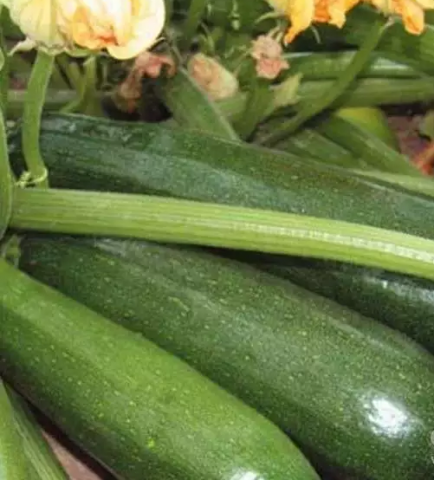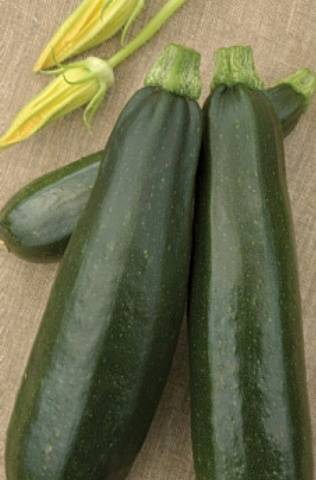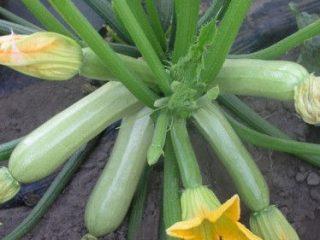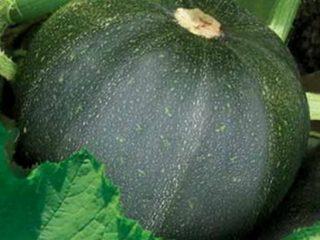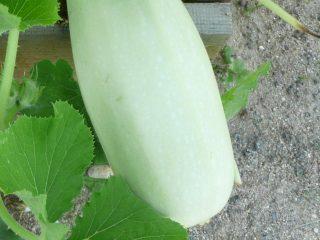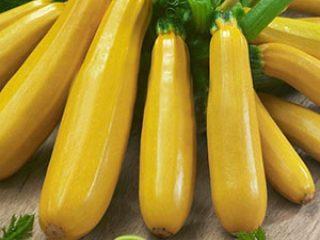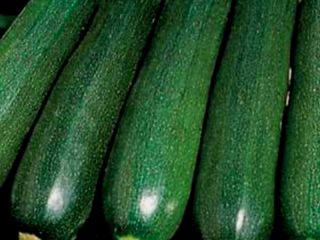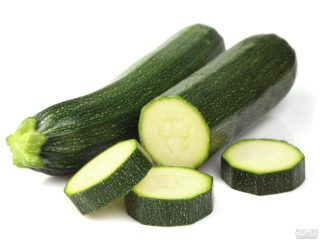Green-fruited zucchini, otherwise called zucchini, have long become regulars in our gardens. This popularity is easily explained: they are several times superior to the varieties of ordinary zucchini. They are more precocious and do not grow to enormous sizes. In addition, zucchini can be eaten raw, without any heat treatment. There are many such varieties, we’ll look at them zucchini squash Skvorushka.
Characteristics of the variety
Zucchini Skvorushka is an early-ripening variety. On average, its technical ripeness occurs 50 days after germination. Compact Skvorushka bushes have predominantly female flowers, which has a positive effect on the number of ovaries. Zucchini of this variety are cylindrical in shape with slight ribbing. They have smooth and thin skin of a dark green color with white patches. The maximum length of the Skvorushka variety zucchini can be 25 cm, and the weight ranges from 0.5 to 1.2 kg. The fruit has juicy and white pulp. Due to its tenderness, the pulp has excellent taste characteristics. Ideal for preparing any dishes and preserving. In addition, the pulp of the fruit can be consumed raw.
To do this, a zucchini of the appropriate size is simply cut from the bush.
Plants of this variety are resistant to drought and sudden temperature changes. But the main value of the Skvorushka variety of zucchini lies in the rapid and almost simultaneous growth of the fruit. This is a high-yielding variety. From one square meter you can harvest up to 10 kg. In addition, zucchini tolerates transportation well.
Recommendations for cultivation
For optimal growth, the Skvorushka variety of zucchini needs a sunny area with soil that is neutral in acidity. If the soil on the site is acidic, then it must be limed. It also doesn’t hurt to fertilize the soil a few months before planting. Organic fertilizers give good results.
The ideal place for planting would be beds after crops such as:
- potato;
- tomato;
- onion.
You can grow Skvorushka zucchini in the following ways:
- Through seedlings - you should start preparing it in April.
- Through sowing seeds - this method can be used only after the end of frost. Planting takes place in late May early June. Several seeds are planted in the holes at once. If all the seeds have sprouted in one hole, then only the strongest sprout should be left. The rest must be carefully removed.
When planting plants using any of the proposed methods, you must maintain the recommended distance between bushes - at least 60 cm.
The variety is quite undemanding to care. It needs regular watering, without excessively waterlogging the soil. In addition, it responds well to loosening and hilling. If necessary, it is possible to apply both organic and mineral fertilizers.
